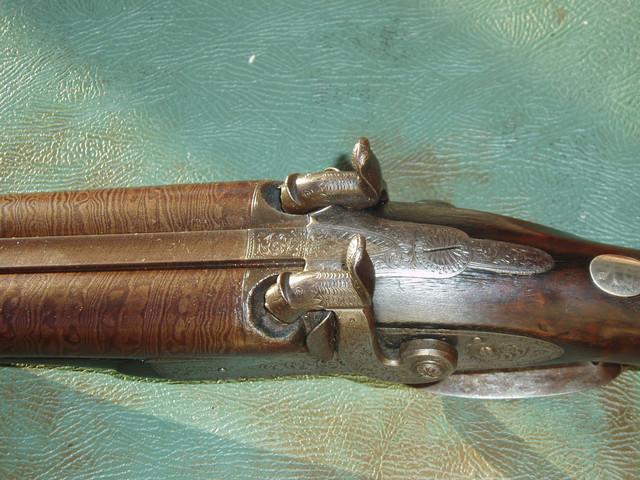I apologize if this is a duplicate, but I didn't find it in a search (maybe I should try harder), but I'm trying to figure out which of these products to use to brown my barrel. I live in central Florida, so we have high humidity (90% not uncommon) which would probably work with LMF (from what I've read about it). But, it also seems like a timely project. The BC sounds like it would be quicker, but possibly the more difficult of the two.
Any advice from anyone out there who has used either, or preferably both? Time really is not a problem, other than an occasional lack of patience. I'm looking for something that looks good, and lasts and is hopefully not too difficult.
Any advice from anyone out there who has used either, or preferably both? Time really is not a problem, other than an occasional lack of patience. I'm looking for something that looks good, and lasts and is hopefully not too difficult.





